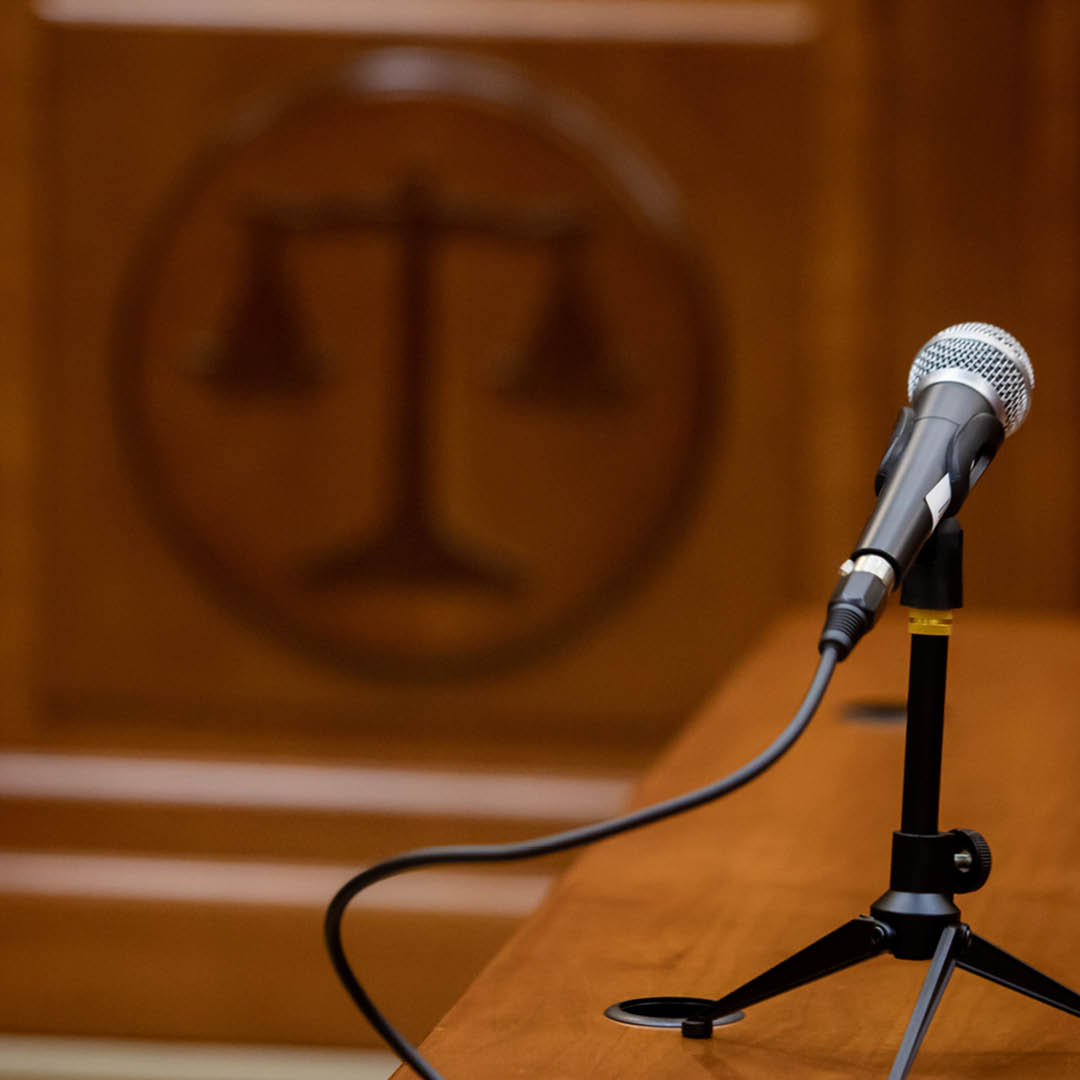Supreme Court Adopts Changes to Court Interpreter Rules
Staff Report | November 18, 2025

Revised Rules Address Court Interpretation
New changes to the Rules of Superintendence for the Courts of Ohio are now in effect. The amendments, effective November 13, 2025, introduce significant updates to improve court interpretation and translation services, ensure accessibility, and regulate the use of artificial intelligence (AI) in these processes.
Key highlights include:
- Expanded Definitions to Sup.R. 80 through 89 to increase the number of interpreters available to local courts.
- Interpreter Certification and Registration (Sup.R. 81, 81.01, 82, 82.01):
- Certification and registration processes for foreign and sign language interpreters are detailed, including training, examinations, and reciprocity for out-of-state certifications.
- The category of "provisionally qualified" was redefined to make the credential permanent and also adjusted the passing scores to increase the number of interpreters.
- AI in Interpretation and Translation (New Sup.R. 87):
- Courts are prohibited from using AI for substantive legal translations or interpretation in legal proceedings due to risks of error and potential harm to litigants' rights.
- AI may be used for non-substantive, non-legal translations (e.g., court signage) with clear disclosure and human review when possible.
- Interpreter Appointment Rules (Sup.R. 88):
- Courts must prioritize certified interpreters and document efforts to secure qualified professionals.
- Guidelines for appointing interpreters via telephonic or video remote methods are provided, emphasizing due process and quality standards.
- Professional Conduct and Continuing Education (Sup.R. 84, 85):
- Interpreters and translators must adhere to a Code of Professional Conduct, including reporting impediments to performance.
- Continuing education requirements are outlined to maintain professional standards.
- Language Services in Ancillary Services (Sup.R. 89):
- Standards for providing language services in ancillary court matters, including the use of qualified court personnel.
- Appendices Updates (G, H, J): Standards for video remote and telephonic interpretation, as well as the Code of Professional Conduct, are revised to align with the new rules.
These amendments aim to enhance access to justice, ensure quality interpretation, and address the evolving role of technology in court operations.
